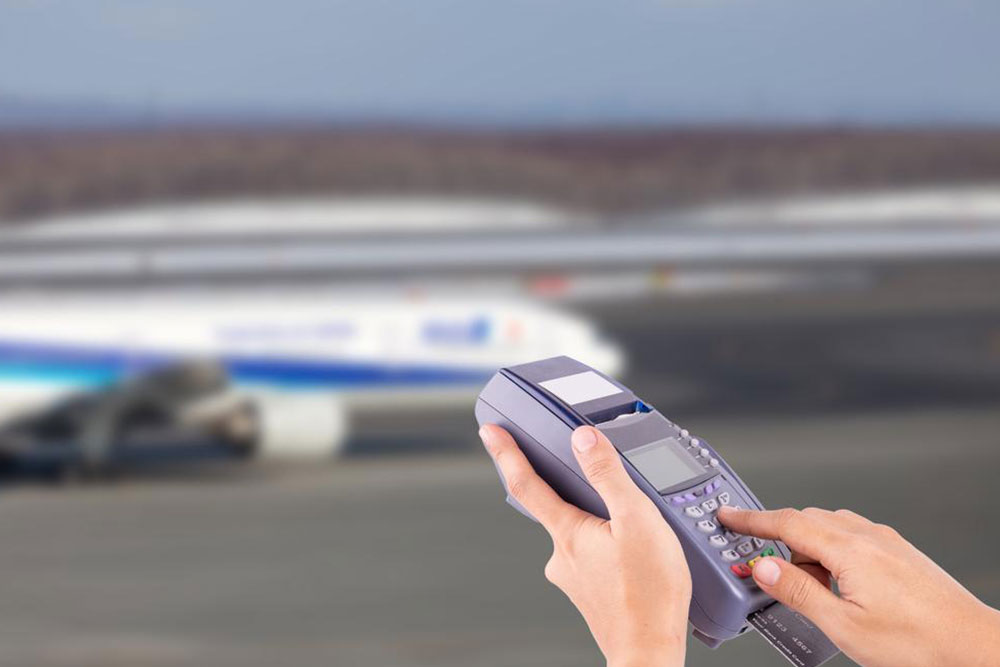Comprehensive Guide to Various Digital Payment Methods and Their Future Trends
This comprehensive guide delves into different digital payment methods, including cash-based, post-paid, and pre-paid systems. It explores their features, security measures, and future trends like biometric authentication and contactless payments. Ideal for consumers and businesses seeking to understand and leverage digital financial solutions effectively, the article highlights leading platforms and technological advancements shaping the future of cashless transactions.

Comprehensive Guide to Various Digital Payment Methods and Their Future Trends
In our rapidly evolving digital landscape, the necessity for efficient and secure online payment solutions has become more prominent than ever. As the world moves toward a cashless economy, understanding the different types of digital payment methods available is crucial for consumers, businesses, and financial institutions alike. These systems facilitate smooth, fast, and secure transactions without the constraints of traditional banking hours, offering unparalleled convenience across various sectors.
Digital payments encompass a diverse array of services designed to enable cashless transactions. These include credit and debit cards, digital wallets, online banking platforms, electronic funds transfers, and innovative emerging technologies. Each method has its unique features, advantages, and security considerations, making it essential to comprehend their functionalities to navigate the digital economy effectively.
The primary categories of online payment systems can be broadly classified into three main types: cash-based, post-paid, and pre-paid systems. Understanding these classifications helps users make informed decisions based on their financial habits and needs.
Cash-based methods: These involve direct exchanges of money, typically via card transactions or electronic cash transfers. They often do not incur extra fees and are favored for their straightforward, immediate nature.
Post-paid systems: Similar to traditional bank accounts, these allow users to make purchases or transfer funds with the agreement to settle the bill later. They often come with minimal additional charges and provide detailed transaction records, making them suitable for regular consumers and businesses alike.
Pre-paid systems: These involve purchasing tokens or digital credits stored in a wallet or account, used for future transactions. Pre-paid methods enable control over spending, as users can only spend what they load onto their accounts, which can be an effective budgeting tool, especially for young consumers or in specific service sectors.
While digital payment platforms implement fundamental security protocols such as encryption, multi-factor authentication, and tokenization, users must remain vigilant to safeguard their accounts against threats like fraud, phishing, and identity theft. Payment providers primarily secure the transaction pathways, but users should also adopt safe practices, including strong passwords, regular account monitoring, and avoiding sharing sensitive information.
These digital payment solutions are not exclusive to online shopping; they are increasingly integrated into physical retail environments. Retailers and merchants benefit significantly from instant transaction processing, which enables real-time updates of credits or debits, improving cash flow and customer experience. This seamless integration helps businesses expand their customer base and improve operational efficiency.
Leading technology companies and financial giants have developed a variety of digital wallets and payment apps to streamline transaction processes. Major players like American Express, Apple, Samsung, Square, Google Pay, Amazon Pay, PayPal, VISA’s V.me, and 2Checkout offer robust platforms that support both online and in-store payments. These platforms often come with dedicated mobile apps and web interfaces, making it convenient for users to pay at restaurants, retail outlets, airports, hospitals, and other service points.
The integration of biometric authentication—such as fingerprint recognition or facial scans—is set to redefine the future landscape of digital payments. These advancements aim to enhance security further, mitigate fraud, and provide personalized transaction experiences, thereby increasing user confidence and preventing identity theft. Additionally, the trend toward contactless payments ensures faster, more efficient service delivery, especially in high-traffic locations.
As technology continues to evolve, digital payment methods will likely incorporate AI-driven features, predictive analytics, and blockchain components to offer even more secure, transparent, and user-friendly experiences. Embracing these innovations will be crucial for businesses aiming to stay competitive and meet the ever-growing expectations of modern consumers who prioritize convenience, speed, and security in their financial transactions.





